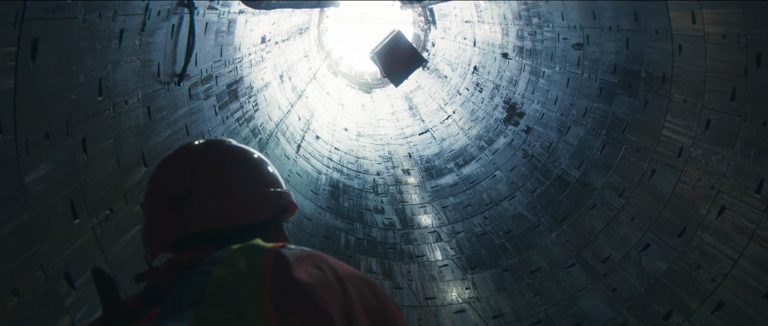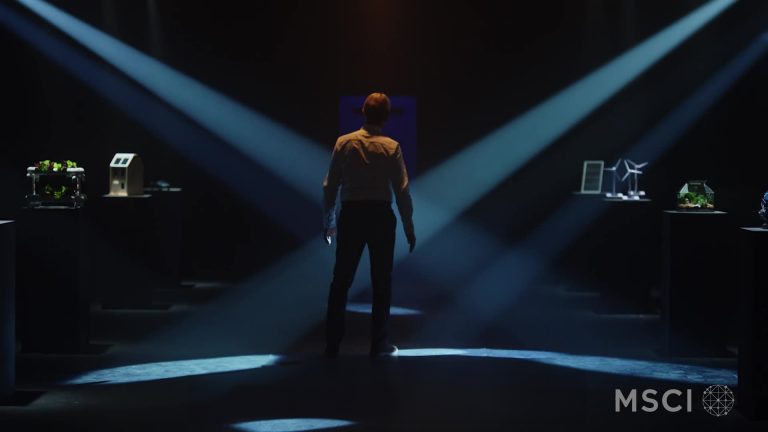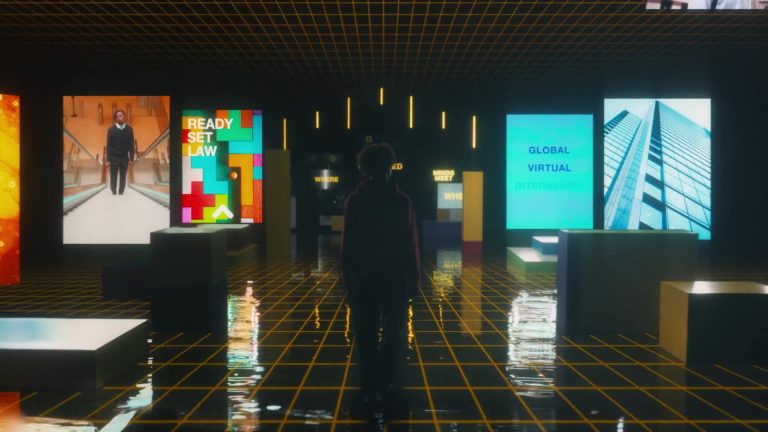There is a secret at the heart of banking.
Its very core is built on old machines, computers developed in the 60s, with more and more tech bolted on top in layers upon layers of complexity, each one attempting in vain to streamline a process only made more complex by its addition. It’s a self-corroding cycle, chasing updates in the short term but failing to bring about actual progress.
The paradox at the core of the issue is that you can’t change the system unless you are a clearing bank – but at the same time, if you are a clearing bank, you are so heavily reliant on the system that you cannot meaningfully change it. It would be like trying to change the engine while flying the plane. The only way forward is for a whole new party to enter, who have the power and space to make the changes the industry so desperately needs: The Bank of London.
That’s where we came in. We set out to create a suite of content that established The Bank of London as this disruptive force, beginning with three films and a website. That’s what made this project so unique; we weren’t just creating the stories, but the realm in which the stories would reside – and not only that, but we were creating this content for a company that did not yet exist.

For this film to make waves, it had to be hard-hitting, informative, inspirational, eye-opening – and if it was going to be all of that, we would have to become intimately familiar with an area of banking so complex that many in the industry don’t fully understand it.
Once we understood the story The Bank of London wanted to tell, our next challenge was tell to find the most compelling way to tell it.

We drew inspiration from trailers for gritty, hard-hitting documentaries, choosing to build a film around real people from the industry talking to camera. To bridge the knowledge gap anticipated in our audience, our narrative first set up the problem with existing clearing banks, before breaking it down with The Bank of London’s solution, and finally considering what the future could look like. We would have our interviewees speak down the lens to create an atmosphere of secrecy, and place them in front of panoramic views that mirrored the elements of visibility and transparency that The Bank of London are bringing to the industry.
But when it came to shooting, more challenges awaited us. Our subjects were scattered across the globe in the height of a lockdown, and our success relied upon our flexibility; collaborating with our New York branch, flying out to Madrid, and even remotely directing a shoot in Australia with a hired crew through a 2am video call. Despite these difficulties, we persisted, understanding that it was crucial each shoot felt cohesive.

We had the body of a film, but it was post-production that brought it to life. Alongside an expertly crafted soundtrack, our editors drew inspiration the work of Adam Curtis to pull footage from BBC archives and British Pathé, creating compelling and authentic visual metaphors.


Our finished piece was a dramatic and hard-hitting seven-minute feature that sets up The Bank of London as the revolutionary force it truly is. Accessible across its wide audience, it’s a film powered by the same energy of disruption and innovation as the heart of The Bank of London.



